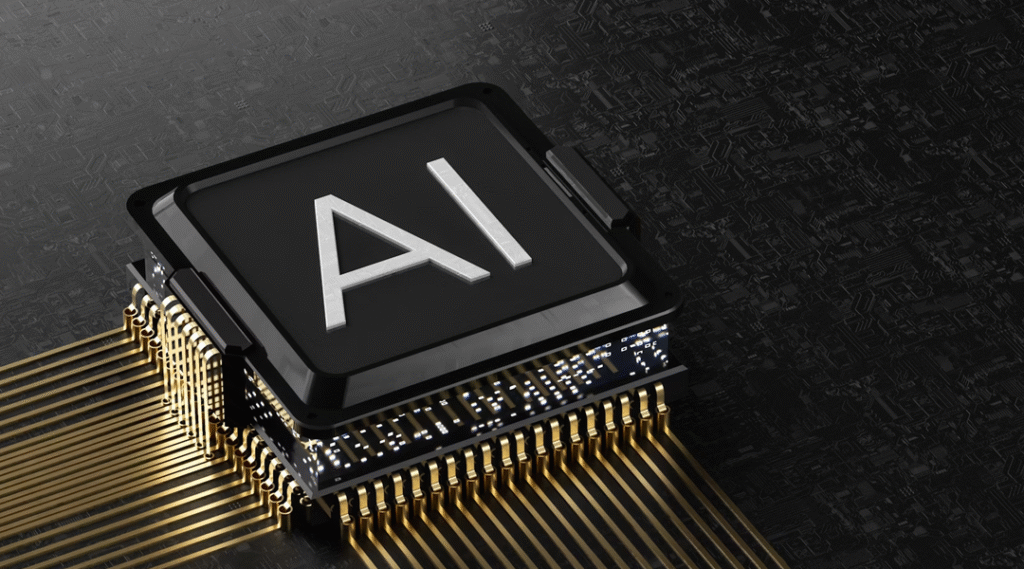The AI chip sector is on a blistering growth trajectory, expected to swell to nearly $92 billion by 2025, with a compound annual growth rate (CAGR) approaching 29% from the previous year. In 2024, NVIDIA held an estimated 80% share of the AI accelerator segment, while AMD and Intel each occupied roughly 8–9%, leaving the remaining 3% to specialized entrants like Google’s TPUs and AWS’s Trainium, as well as nascent startups. Yet, sheer market share today doesn’t guarantee tomorrow’s victory. Ecosystem strength, cost structure, software support, and geopolitical forces will all shape who emerges as the long‑term victors.
NVIDIA’s Entrenched Leadership
NVIDIA’s dominance stems from its early pivot toward GPU‑accelerated AI and its proprietary CUDA software stack. In 2024, the company shipped roughly 2.5 million AI GPUs—generating close to $25 billion in data center GPU revenue—and maintained gross margins north of 78%. With its Hopper and upcoming Blackwell architectures, NVIDIA offers unmatched performance and a mature developer ecosystem, creating high switching costs for enterprise customers and researchers. Moreover, by engineering a Blackwell variant compliant with U.S. export controls for the Chinese market, NVIDIA is poised to sustain its leadership deep into 2025.
AMD’s Value‑Driven Ascent
AMD has rapidly closed the gap with its Instinct MI300 series, shipping around 600,000 accelerators in 2024 for approximately $8 billion in revenue. Key hyperscale clients such as Microsoft and Meta have adopted MI300 for inference and mixed‑precision training, attracted by performance competitive with NVIDIA’s offerings at roughly half the price. Analyst forecasts suggest AMD could capture up to 15% of the market by 2025, translating into revenues between $12 billion and $18 billion. However, AMD’s ROCm software ecosystem still trails NVIDIA’s CUDA in both features and developer mindshare, which may limit its traction for large‑scale training workloads until further enhancements arrive.
Intel’s Strategic Opportunity—and Challenge
Intel’s AI ambitions revolve around its Gaudi 2/3 processors and the integration of Habana Labs’ IP. In 2024, Intel shipped some 400,000 Gaudi 2 chips, generating about $5 billion in AI‑specific revenue. The forthcoming Gaudi 3 promises a 40–50% boost in inference performance and a 50% improvement in power efficiency over NVIDIA’s H100—at a significantly lower price point. This aggressive positioning could win mindshare among cost‑sensitive enterprise and hyperscale customers. Yet Intel’s historical struggles with fabrication yields and the slower maturation of its software stack could impede its ability to scale production and foster a thriving developer community.
Cloud‑Provider ASICs and Agile Startups
Hyperscale operators are no longer mere consumers of AI silicon; they’re creating bespoke accelerators. Google’s TPU v5 and AWS’s Trainium 2 are increasingly offered to external customers, leveraging intimate integration with each provider’s software environment. Meanwhile, startups like Cerebras, Groq, and SambaNova are carving out niches for high‑performance, task‑specific chips—targeting large‑language models, graph analytics, and other specialized workloads. Though collectively these non‑incumbents command only about 3% of the market, their technological innovations and early partnerships could challenge the status quo, especially in edge or domain‑specific applications.
Geopolitical Underpinnings and Regional Powerhouses
U.S. export restrictions have historically curtailed NVIDIA and AMD’s direct access to China’s burgeoning AI infrastructure market, prompting China’s own champions—Huawei, Cambricon, and others—to fill the void. Recent regulatory softenings may allow NVIDIA’s Blackwell-based GPUs and AMD’s MI308 to enter China by late 2025, opening a $20 billion-plus opportunity. Concurrently, Chinese firms are advancing alternative architectures—neuromorphic designs, RISC‑V–based chips, and even photonic interconnects—that could emerge as formidable regional contenders and, eventually, global exporters.
Projected Market Dynamics
- Short-Term (2025): NVIDIA, armed with its unrivaled ecosystem and manufacturing scale, is likely to retain over 75% of the market despite modest gains by AMD and Intel.
- Mid-Term (2026–2027): AMD’s cost‑performance sweet spot and growing enterprise alliances could propel it toward a 15–20% share, especially in inference‑centric deployments. Intel’s success will hinge on Gaudi 3’s real‑world performance and developer uptake, with a reasonable ceiling near 12% absent ecosystem breakthroughs.
- Long-Term (2028+): Hyperscale in‑house ASICs and nimble startups may each secure 5–10% slices in specialized segments, while Chinese domestic champions could command 10–15% globally if policy and production conditions align favorably. A tri‑polar market structure may thus emerge—dominated by NVIDIA, a combined AMD/Intel bloc, and a Chinese ecosystem cohort.
Final Thoughts
Future AI‑chip market leadership will hinge on more than raw silicon performance. Ecosystem robustness, cost efficiency, software tooling, and geopolitical access will be equally decisive. Today’s market leader, NVIDIA, is well‑positioned to maintain its advantage in the near term. Yet AMD’s aggressive pricing and growing cloud partnerships, Intel’s evolving Gaudi roadmap, cloud providers’ vertical integration, and the rise of regional players ensure a dynamic, multi‑vector competitive landscape. Monitoring shipment trends, software adoption rates, partnership announcements, and regulatory shifts will be critical for forecasting which companies ultimately shape the AI computing frontier.
You may also like:
Charting the Race: Which Country Will Lead the AI Market in the Coming Decade?
From Screen to Lens: Can AI Glasses Truly Take Over the Role of Smartphones?
Beyond Surveillance: Mapping the Smart Camera Ecosystem and Winning Strategies
The Real Trends in Autonomous Driving
As for in-depth insight articles about AI tech, please visit our AI Tech Category here.
As for in-depth insight articles about Auto Tech, please visit our Auto Tech Category here.
As for in-depth insight articles about Smart IoT, please visit our Smart IoT Category here.
As for in-depth insight articles about Energy, please visit our Energy Category here.
If you want to save time for high-quality reading, please visit our Editors’ Pick here.



